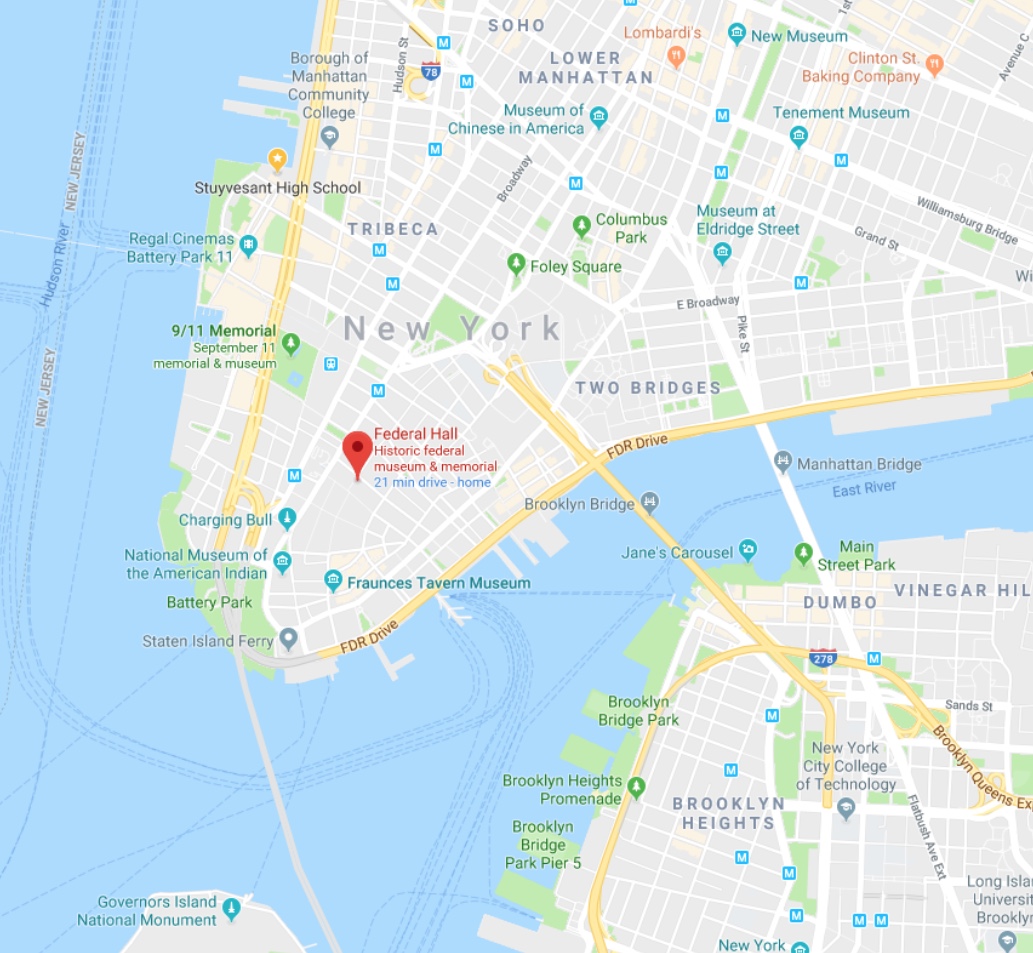Francis Ching, the author of “Building Construction Illustrated” talks about means of egress in one of his chapters. According to him, and online sources, means of egress is an unobstructed path which allows individuals occupying the building to exit safely. The three components a means of egress (or a way to exit) need to have are: Exit access, Exit, and Exit discharge. The width of any exit depends on the number of people occupying a portion of the building (square feet per occupant). Ching stresses that any exit must be unobstructed, lit by emergency lighting, and as direct as possible for occupants to reach and exit court at ground level.
In chapter nine, Ching focuses on the components, rules, and requirements of stairs. Generally, stairs consist of risers and treads. To generate stairs you need to have the formula for it. First, take the height of floor finish to floor finish and divide it by the preferred riser height. The rounded off quotient is a whole number of risers. Then divide the total rise by the quotient and the answer would be the riser height. There is always a minimum of three rises per flight to prevent tripping.
Moreover, the width of the stairs depends on the number of people occupying the floor area. Typically, the minimum width is 44 inches or 36 inches for 49 people or less.
Building code requires that the handrails must be on both sides on the stairs unless allowed otherwise, and should not be interrupted by a newel post. Most handrails should be 34 inches to 38 inches high and should extend 12 inches parallel to the landing.
Ching goes on to discuss the different types of stairs and their requirements. The straight-run stairs, which lead to one level to another without any winders. Quarter turn stair is an ‘L’ shaped. Half turn stair creates a semi circle at an angle of 180 degrees at intervening landings. Winding stairs are often restricted because of their small foot landing. Circular stair are usually helpful if the inner radius is twice the width of the stairs. And finally, spiral stairs are not recommended but they occupy the least amount of space.



